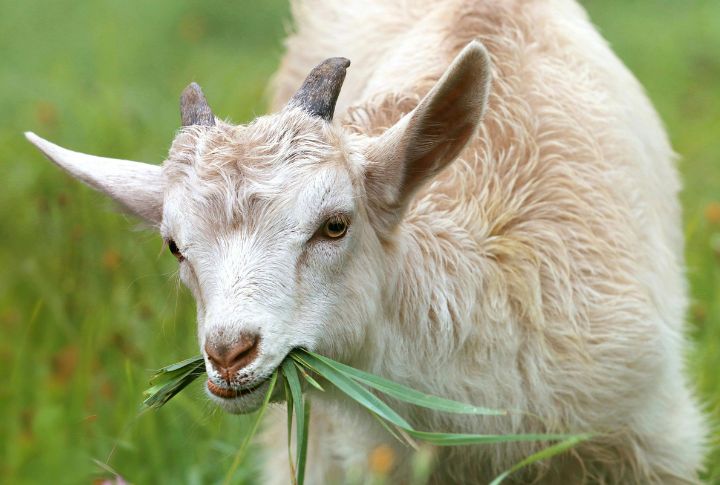
Goats have shared humanity’s path since ancient times, feeding families, inspiring folklore, and surprising scientists. Across mountains and farms, these cute little creatures continue to amaze with centuries of adaptation and value. Let’s look at ten facts that prove goats are much more than just food and cattle.
Goats Have Accents

Why does one goat bleat like a soprano and another grumble like a baritone? The little ones mimic the vocal patterns of their social group, a behavior researchers call “bleat matching.” These herd-specific accents reveal how social and responsive goats are, right down to how they speak.
Their Eyes See The World Differently

Shaped like a tiny windowpane, their eye sees what yours never will. Those rectangular pupils offer panoramic vision and enhance ground stability on uneven terrain. Evolution fine-tuned goats’ eyes for rugged life, making every stare far more strategic than it seems.
Goats Can Climb Like No One’s Watching

A bounding kid on a hillside isn’t just adorable; it’s miniature athleticism. Goats possess rubbery hooves and impeccable balance, allowing them to scale boulders and barn beams alike. Watching their vertical antics never gets old, especially when they look proud doing it.
They Were Among The First Domesticated Animals

Before dogs fetched sticks, goats followed farmers. Archaeological evidence places their domestication over 10,000 years ago in the Fertile Crescent. Goats gave early humans milk and meat, making them one of the foundational pillars of ancient agricultural life.
Fainting Goats Don’t Actually Faint
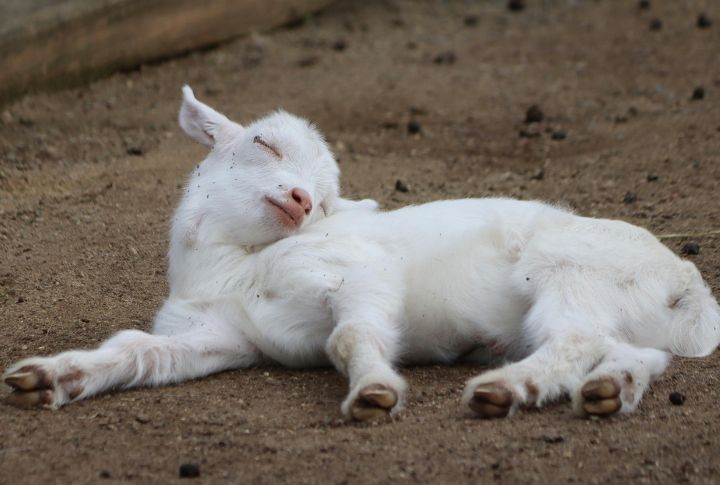
Fainting goats suffer from a harmless genetic condition called myotonia congenita, which stiffens their muscles when startled. They stay fully awake during these tumbles. So, it’s not actually fainting—it’s a freeze with flair, and people can’t look away.
Some Love Climbing Trees

In Moroccan orchards, goats defy expectations and gravity. They climb argan trees for fruit, helping spread seeds as they munch. These animals look absurd, perched in branches, but there’s logic behind the limbs. A goat’s elevation strategy is smart survival cloaked in surreal comedy.
Their Facial Recognition Is Incredible

Research shows goats aren’t just aware; they’re attentive. A 2018 study from the University of London’s Queen Mary campus found that goats can recognize familiar human faces in photographs. If you’ve ever thought a goat gave you a second glance, you’re not imagining it. That memory might outlast your last selfie.
Goats Are Picky Eaters
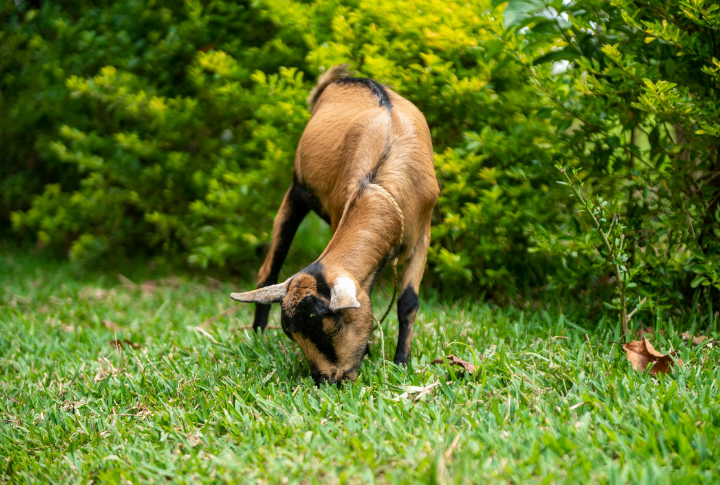
Contrary to cartoons and gossip, goats don’t chew tin cans or flip-flops. Their noses do most of the work—sniffing out bitter weeds, avoiding mold, and picking the good stuff. Their selective habits reveal a refined instinct, not a chaotic appetite.
Certain Breeds Produce Luxury Fibers
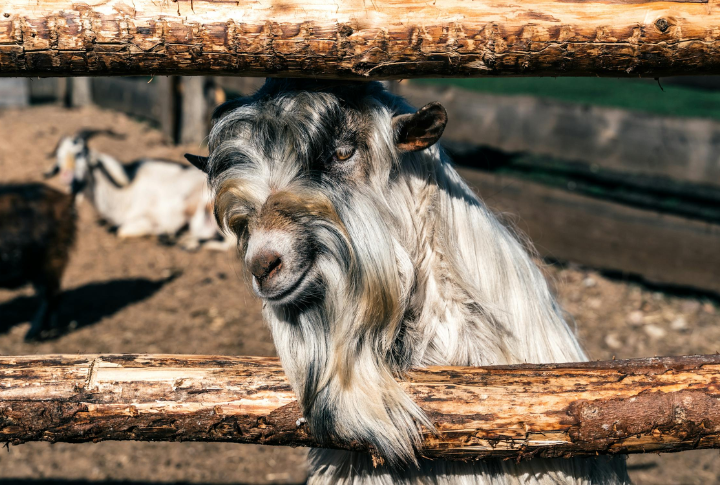
Hidden in mountain farms, some goats grow fashion on their backs. Cashmere and Angora breeds offer silky fibers that are prized worldwide. What starts as a rugged animal ends up woven into warmth and elegance. It’s proof that nature’s utility can surprise you with softness.
They’re Masters Of Escape
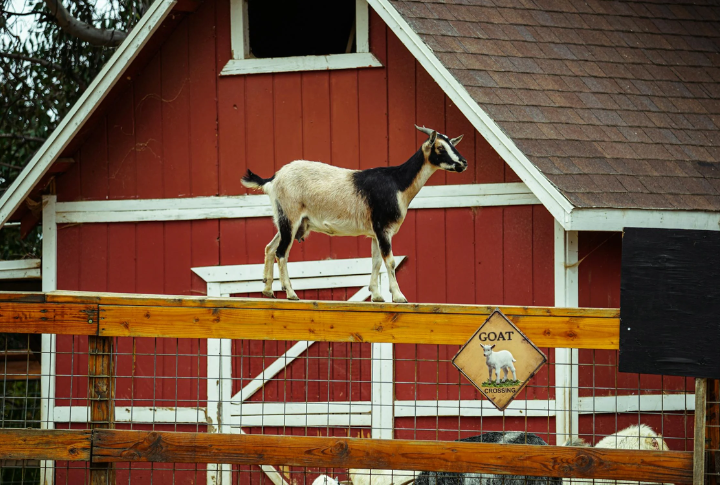
Every fence is a puzzle, and goats never skip a challenge. They push latches, test boundaries, and learn patterns fast. You might think it’s defiance, but it’s more like curiosity turned competitive. Once a goat figures out a door, it rarely forgets.

